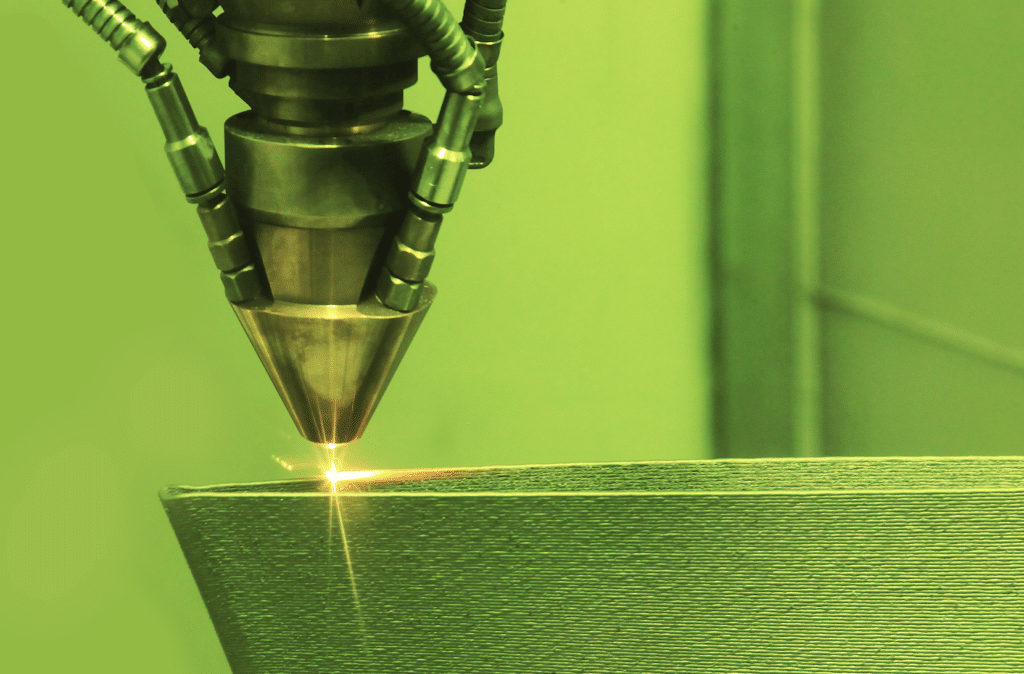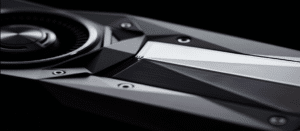From Artificial Intelligence to Virtual Reality today we use technical possibilities that could only be vaguely imagined decades ago. This also includes 3D printing processes in the sense of additive manufacturing, in which material is connected to one another in layers and a workpiece is created in this way. Industry has been using the process in various areas of application for some time, for example for building prototypes. By 2024 the forecast Additive Manufacturing Trend Report from the past year additive manufacturing processes in the industrial sector a continuous growth of up to 21 percent.
Overview: How the industry wants to use additive manufacturing in the future
So far, the focus has been on companies within German industry that Use additive manufacturing for prototyping and tool making. The limits of 3D printing processes are far from being reached. The potential of the technology is great, especially in the B2B sector, especially for sectors such as medical technology, mechanical engineering and the automotive industry. According to market experts, 3D printing will even be irreplaceable for the future competitiveness of companies in these areas. Manufacturing technology is already of great importance for the electronics and automation industry. According to experts, the series use of additively manufactured parts in particular will increase over the next few years. There is a high probability that the focus will be on metal as a material. All five of the industries mentioned want to use additive manufacturing even more frequently in the future than they already do. In addition, one wants to open up some new areas of application. The envisaged focal points differ from sector to sector.
1. Additively manufactured small series for vehicle customization in the automotive industry
At car manufacturers and their suppliers, prototyping is already focusing on additive manufacturing. 3D printing is also used for the production of small series, for example as part of the customization of certain vehicles. The scope of this area of application has so far been limited, but is likely to expand in the coming years. In addition, additive manufacturing processes are also suitable for the production of spare parts in the automotive industry. In the future, experts expect the introduction of digital spare parts stores with detailed catalogues. If specific components are required from the cataloged parts, they can be 3D printed on demand.
2. For machine builders: spare parts from 3D printing processes
The great strength of additive manufacturing is the accuracy of fit with which the process produces complex components. Therefore, the complicated geometries and structures of individual machine components can be optimally realized within this framework. In addition to prototypes, new metal components will probably also come into focus in the coming years. In the mechanical engineering industry, spare parts for existing series are already often produced using 3D printing. The proportion will also increase here in the future.
3. Additively manufactured prostheses in medical technology
The individual component characterizes medical technology like hardly any other branch. As far as medical devices such as orthoses and prostheses are concerned, the physiognomy of the end user must be taken into account during production. In the manufacture of individualized series products such as dentures, the use of additively manufactured workpieces has already become established. In the future, small and medium-sized series from additive manufacturing will probably be encountered even more frequently, especially in this area. It is also important to research efficient ways to comply with industry-specific standards even more intensively.
4. Faster design cycles in the electronics industry thanks to 3D printing processes
Like many others, the electronics industry is currently mainly producing prototypes using additive processes. In the characteristic fast-moving environment of the industry, this has the advantage of faster design cycles. Thanks to the 3D printing process, the prototype can even be built up to 15 times faster than with other approaches: ideally within a few hours, whereas it would otherwise take days. In the future, additive manufacturing will also play a major role in the electronics industry for the manufacture of individual components.
5. Robotic components from additive manufacturing in the automation industry
Robotics is at the heart of industrial automation. Different requirements are placed on the respective production lines and the products manufactured are also fundamentally different - whether for the automotive sector or the food industry. Nevertheless, the automation lines have one thing in common: namely components such as nozzles, conveyor bowls and gripper arms. In many cases, these components are only completed at the end of the automation solution and can significantly affect the effectiveness of a production line. Using additive manufacturing processes, the engineers of these parts can perfectly match the design of the components to the performance of modern robotics.
Additional knowledge: Hardly any areas of application so far without external consultants
With the exception of entrepreneurs in the electronics industry, most companies have so far outsourced additive manufacturing processes and do not dare to implement them internally. In the near future, too, the majority will probably cooperate with experts who supply finished parts. The majority of all industries also often bring in consultants who contribute ideas on how to implement additive manufacturing processes. Very few companies currently have their own experts on the subject.








